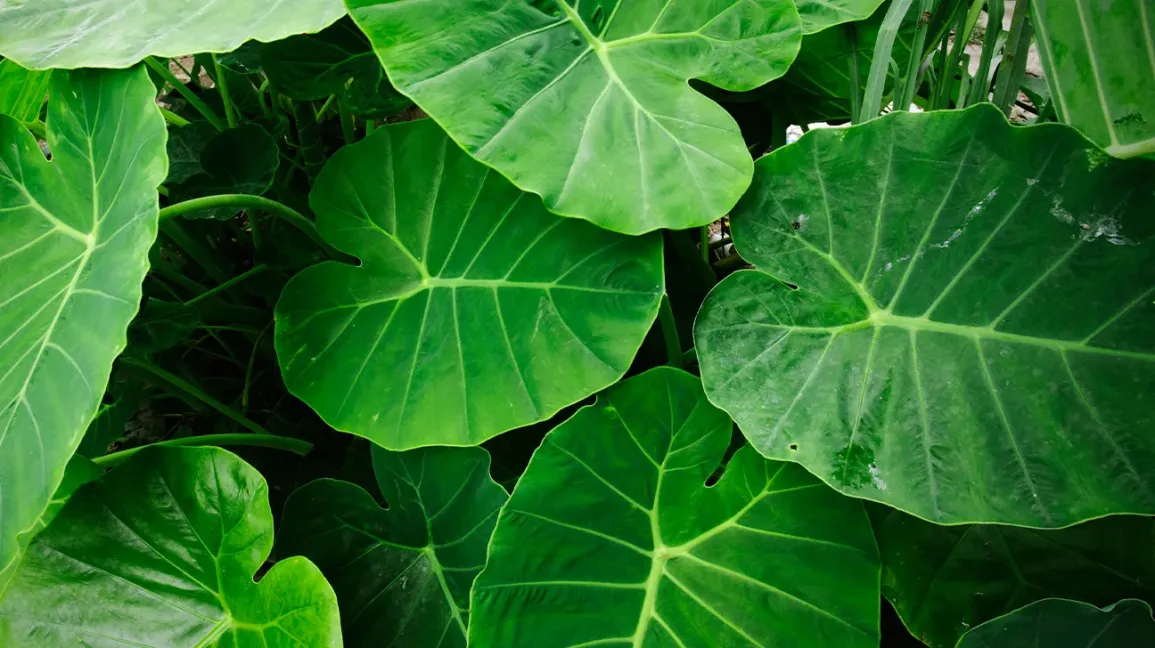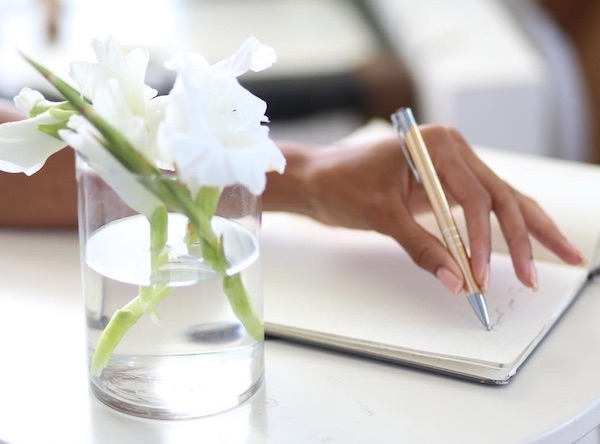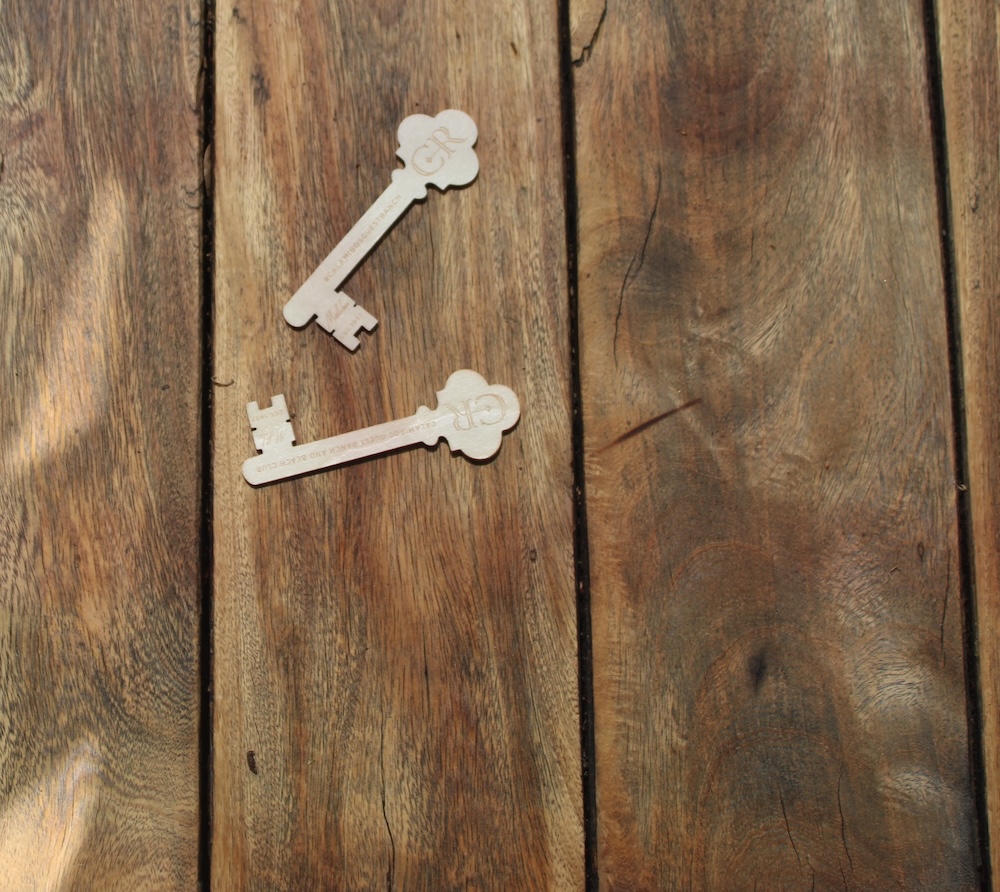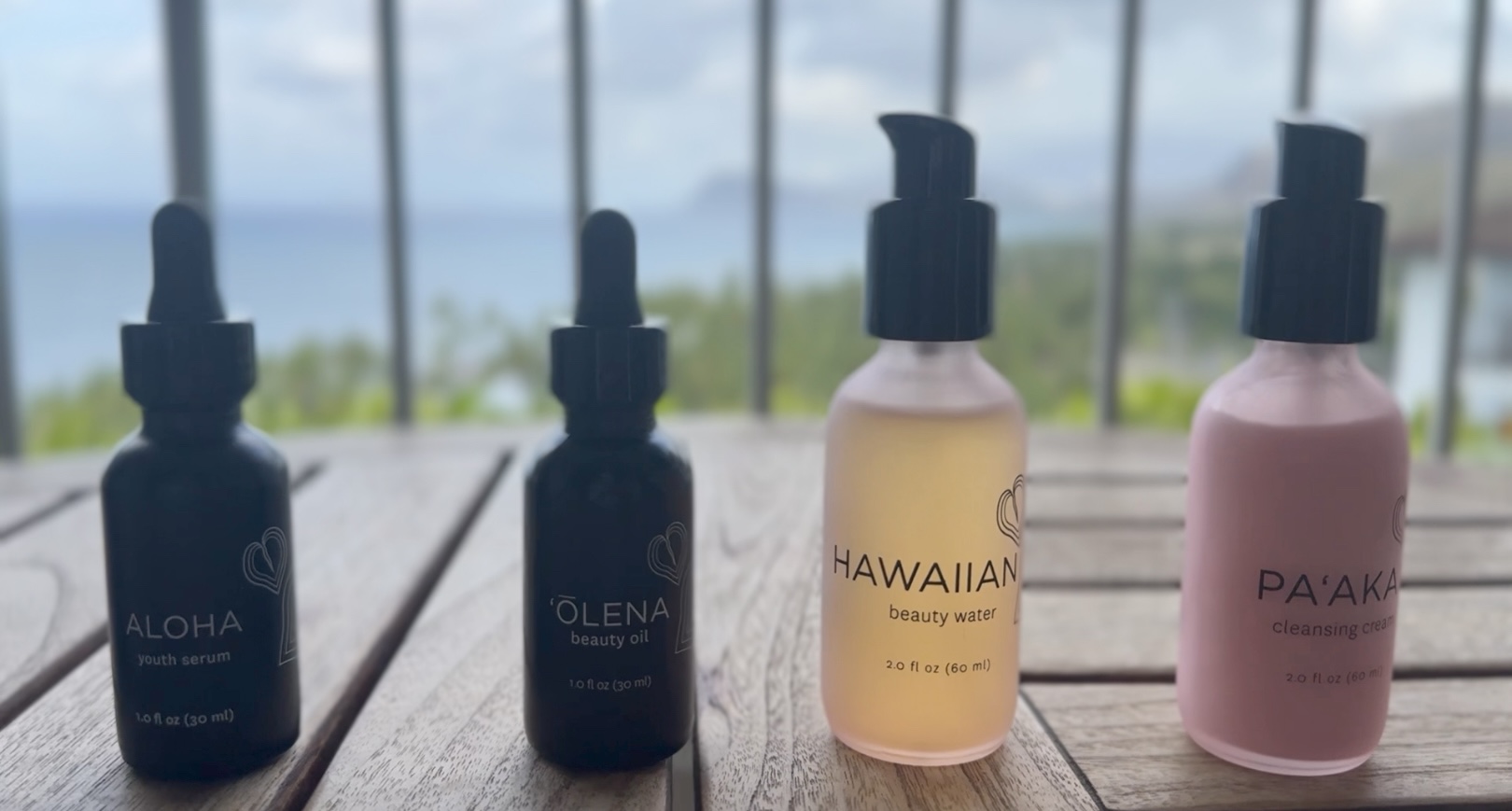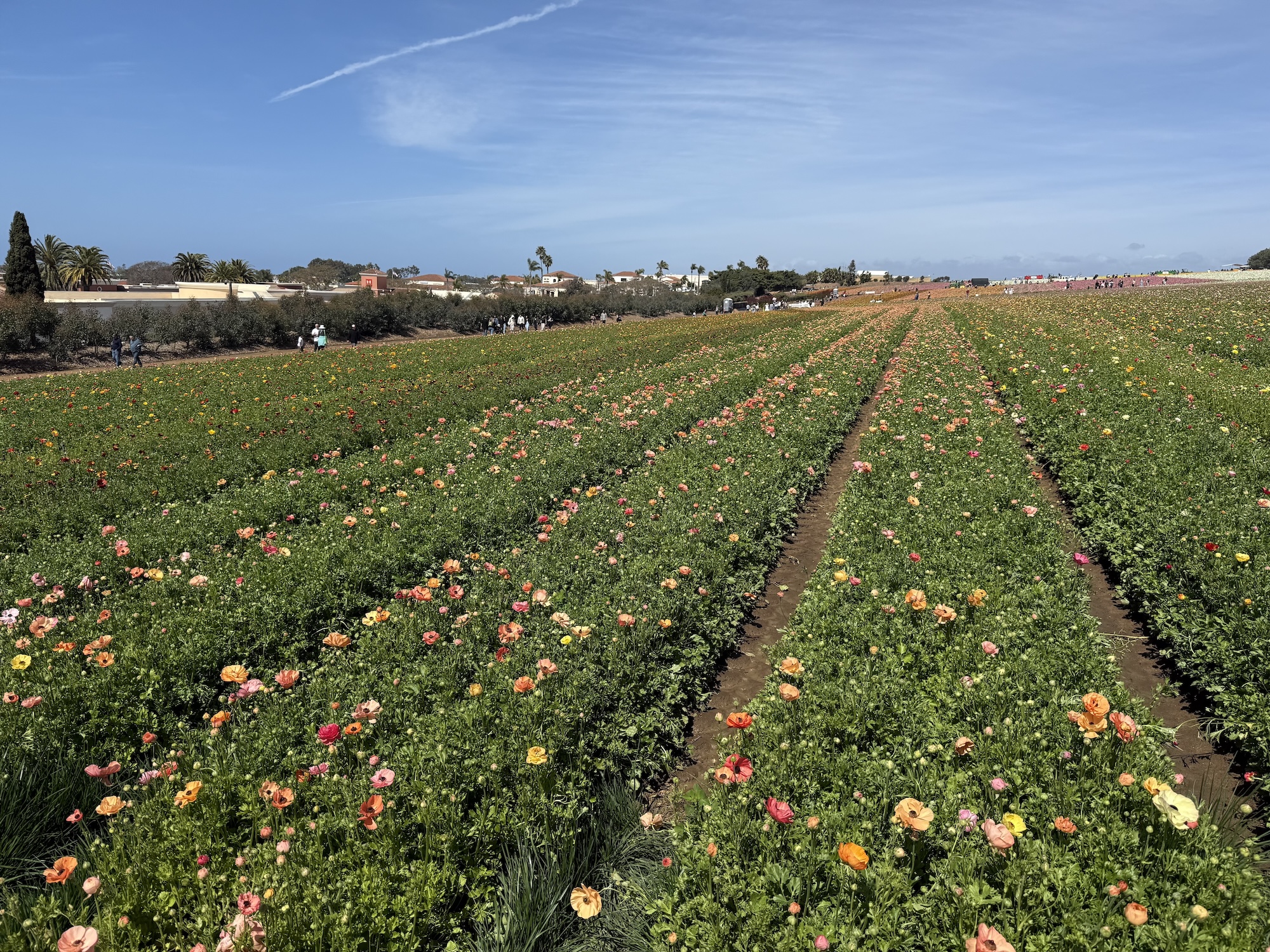Traditional Hawaiian medicine, or la‘au lapa‘au, draws on native plants that restore balance to the body, spirit, and skin. Here is a list of Hawaiian beloved botanicals—each with its own story, and its own gift.
‘Ākala (Hawaiian Raspberry)
Delicate and tart, this native raspberry grows wild in upland forests. Traditionally used to soothe sore throats and purify the blood, ‘ākala is also rich in antioxidants—making it a solution for skin resilience.
Kalo (Taro)
Sacred in every sense, kalo is the plant form of Hāloa, the first ancestor of the Hawaiian people. Its root is used as food (poi), but in healing, it’s mashed and applied as a poultice to reduce inflammation and soothe burns or acne. Spiritually, kalo teaches nourishment, humility, and the strength of roots.
KAva (Piper methysticum)
Eesteemed for its calming effects, kava is a root consumed to alleviate fatigue, chills, colds, headaches, and respiratory issues. Modern studies recognize its efficacy in reducing anxiety and promoting relaxation
Ki (Ti Leaf)
The glossy green ti leaf is used in everything from hula skirts to house blessings. In healing, it’s often wrapped around the body to draw out fever or used in steam baths to release tension. In ceremonial practice, ki acts as protection—a botanical shield for body and spirit.
ko (Saccharum officinarum)
Known as sugarcane, ko was more than a sweet treat. Its juice soothed sore throats, and the plant played a role in various medicinal preparations.
Kukui (Aleurites moluccana)
Also known as the candlenut tree, kukui had multiple medicinal uses. Its sap and leaves treated skin sores and ulcers; the oil relieved joint pain and moisturized skin affected by shingles and measles; and roasted nuts acted as a laxative.
Mai‘a (Banana)
The inner sap can be used to soothe burns and skin irritations, while mashed banana nourishes the skin with potassium and moisture. It’s nature’s tropical balm—gentle, lush, and deeply hydrating.
Ma‘o (Hawaiian Cotton)
Traditionally, ma‘o leaves were boiled into a decoction to treat skin ailments and scalp conditions.
Moa (Club Moss)
Resembling miniature ferns, moa was used for joint and bone healing, especially in children. The fine, powdery spores were sometimes used to prevent chafing—an ancient, botanical version of baby powder. Moa grows low to the ground, quietly powerful.
Nohu (Tribulus)
Often overlooked for its thorny appearance, nohu is a hardy coastal plant known for treating skin infections and styes. It’s also used in traditional tonics for vitality.
Noni (Indian Mulberry)
Pungent and potent, noni is one of the most revered plants in Hawaiian healing. Its fruit, leaves, and roots are all used for inflammation, digestion, immunity, and skin care. Applied topically, it helps regenerate tissue. Internally, it’s a tonic of renewal.
Works Cited
- Isabella Aiona Abbott (renowned Hawaiian ethnobotanist)
- Kahuna La‘au Lapa‘au: The Practice of Hawaiian Herbal Medicine by Malcolm Naea Chun
- Nā Pua Ali‘i o Hawai‘i: Native Hawaiian Plants and Their Uses
- Bishop Museum in Honolulu
- Hawai‘i Conservation Alliance
- Ulukau (the Hawaiian Electronic Library)
